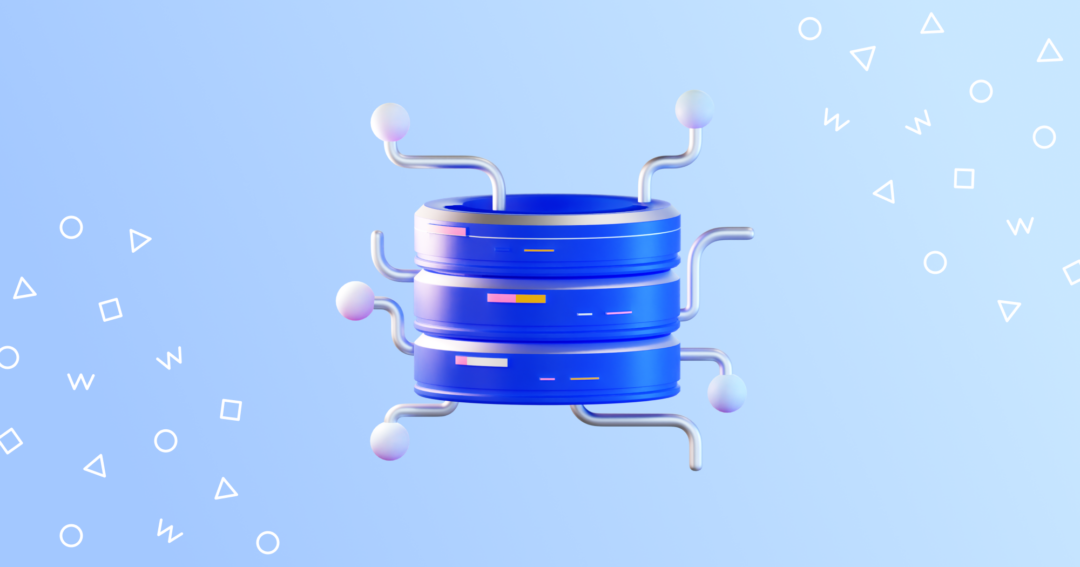Key criteria for choosing the right B2B data finder
Rather than going down the Google rabbit hole exploring hundreds of data providers, make sure you know exactly what you’re looking for.
Follow these 7 key criteria to make the most informed decision when choosing the right B2B data finder:
1. Data focus
As discussed earlier, there are various types of data providers out there. Working with large chunks of irrelevant data will hinder any team’s performance, so don’t just go for the biggest data provider in the market.
Instead, companies should narrow down their search to the exact data they need.
For instance, B2B sales teams wishing to increase their pool of leads should look for B2B contact databases, while sales teams aiming to better engage their prospects would probably go for intent data providers.
2. Data accuracy
Inaccurate data is not only unhelpful, it is also detrimental to businesses, which is why they have to ensure their provider’s data is of the utmost quality. This ultimately means that all information is accurate, verified, and fresh, in other words – up to date.
Numerous B2B data finders have built-in validation and verification features to ensure the quality of the data and prevent making uninformed decisions.
3. Search filters
Segmenting and customizing large chunks of data is vital for more precise targeting.
Rather than doing it yourselves with tons of data, the top B2B data finders have an abundance of search filters to help users get the most relevant data from the get-go. This is especially valuable when building prospect lists.
4. Pricing
Most data providers have appealing annual pricing plans. But prior to committing big bucks to any B2B data finder, it’s a good idea to test-run it with a freemium or cheap pricing plan.
Similarly, startups may find usage-based pricing the most optimal option, whereas fixed plans could be more suitable for larger teams.
Note: It also makes sense to know the cost per 100 contacts to calculate the ROI this tool might provide. This will also allow you to understand whether this option is not only scalable but feasible in the long run.
5. Compliance
Next on the list is compliance with data privacy regulations like GDPR for the EU and CCPA for the US state of California. This is easy to check as compliant companies are very transparent regarding their data sources and collection methods.
The last thing you want is to work with noncompliant data – it would be unethical at best and illegal at worst.
6. Customer support
Especially in the early stages, many businesses rely on prompt and helpful customer support to start operating B2B data finders effectively.
The best way to get an idea about your chosen data providers’ quality of customer support is through review sites.
7. Extra perks
Luckily for all of us users, very few B2B data providers come without a few extra perks. Here are some awesome additional features to keep an eye on:
- AI features that use algorithms to passively search for new relevant data and enrich your existing lists;
- engagement features that allow users to act upon their found data with multichannel outreach (email, social media, etc.);
- integration features that allow teams to seamlessly add their data finder to their existing tool stack, especially CRM and SEP, rather than exporting the data to separate files; and
Wrapping up
Adding the most suitable B2B data finder to your existing sales and marketing tool stack is the first step in building a data-driven team.
Having data at the core of your sales and marketing campaigns will bring your team results you have yet to see due to the accuracy, relevancy, and personalization it provides.
While it’s not rocket science, hopefully, this short article will help you make a more informed decision when committing to a data provider.
Ready to build targeted contact lists for free? Check out Reply Data!




